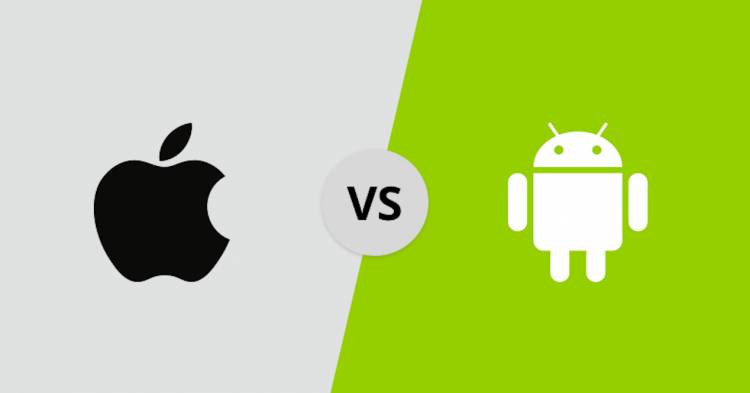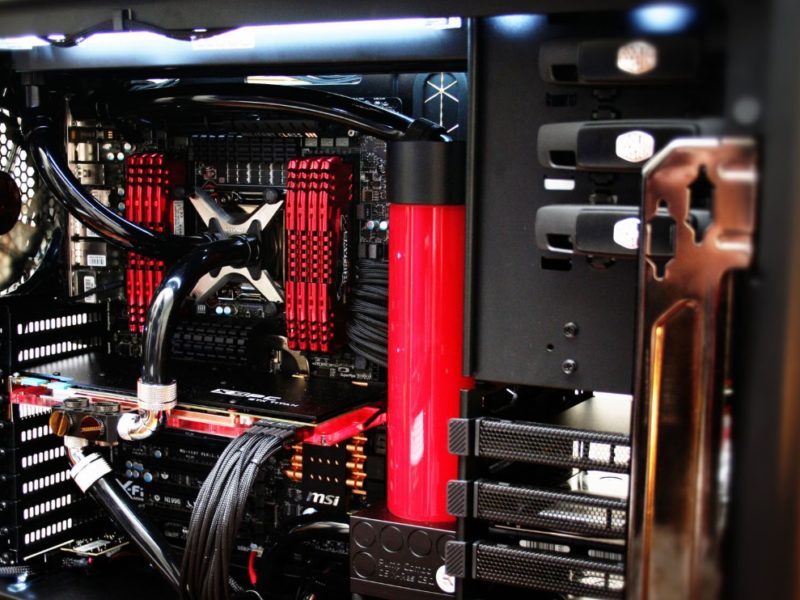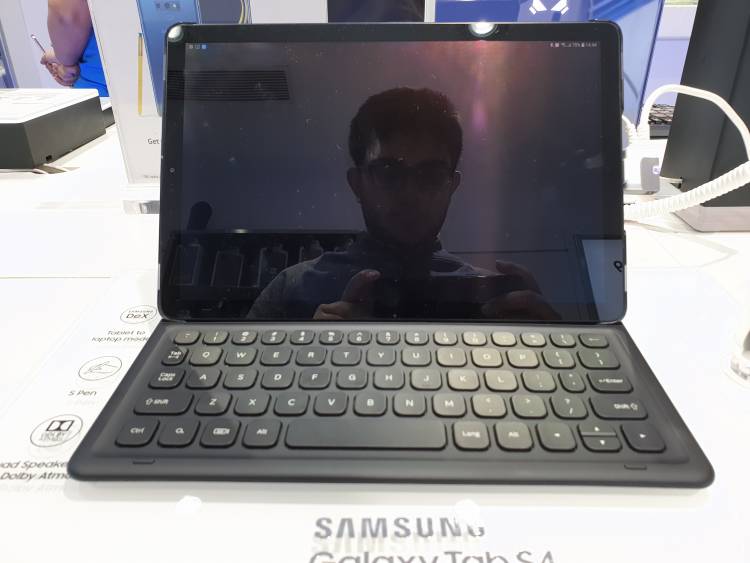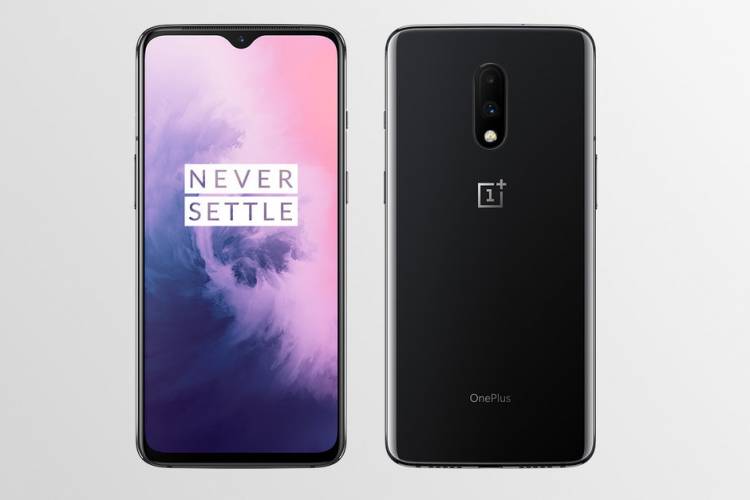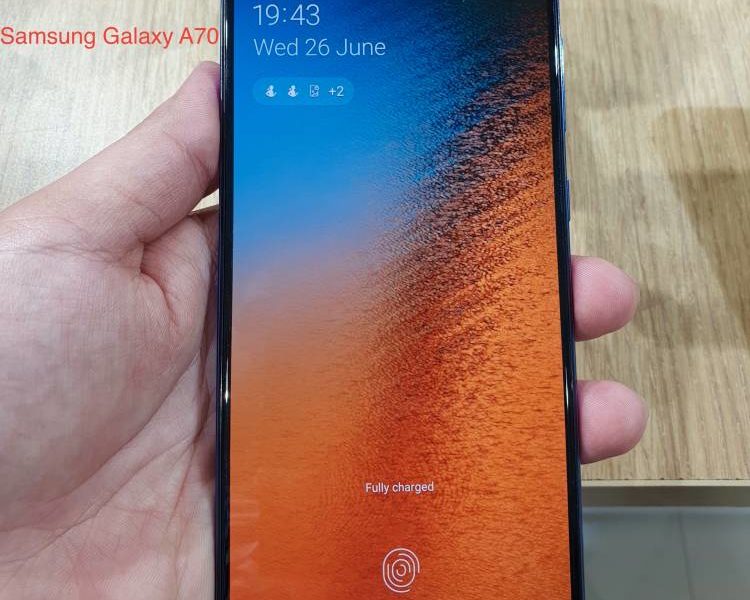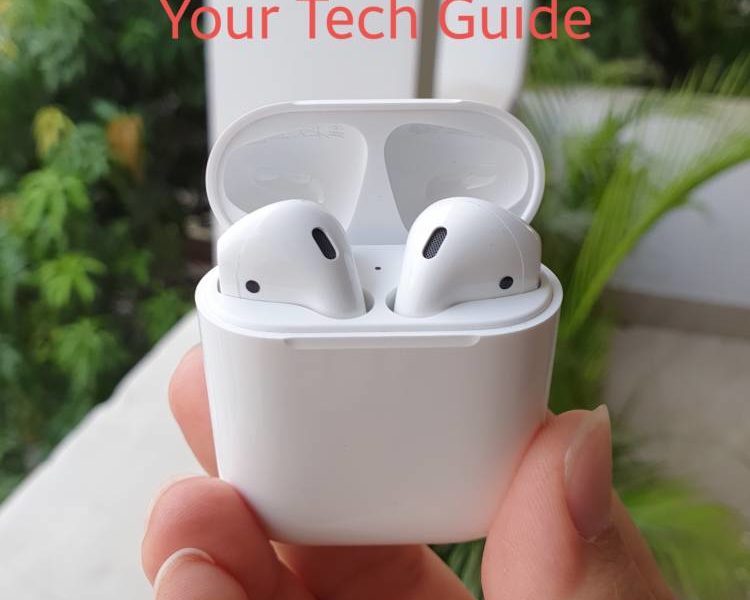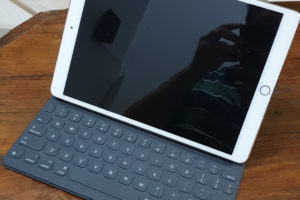Samsung has recently been on a launching spree in the sub 20000 price segment, with it launching the Galaxy A50, Galaxy M30, Galaxy A30, and Galaxy A10 in just the last few weeks. The Galaxy M series is Samsung’s answer to the slurry of devices in the range by its Chinese competitors.
The Galaxy M30 is set to go head-to-head with smartphones like the Redmi Note 7 Pro andAsus Zenfone Max Pro M2. Let’s look at the M30 in detail, and see if it has what it takes to survive in the cutthroat competition.

Design and Display
The Galaxy M30 has the same plastic build and body design as other Galaxy M series devices. The plastic back feels a little bit cheap even for the price, but still manages to have a good enough grip when held in hand.
The device packs Samsung’s new ‘Infinity-U’ display with a U-shaped notch at the top of the display. The notch is not as distracting as the bar-shaped notches on some other devices like the iPhone but it is still a little bit of an eyesore. Though there is an option to black out the notification bar in the settings menu.
At the bottom of the smartphone, Samsung has provided a USB-C port for charging as well as a speaker grill. There is also the 3.5mm audio jack which, thankfully, Samsung is still providing on all its devices. At the back, there are three cameras, instead of two as in Galaxy M20.
Talking about the display, the Galaxy M30 has a 6.4inch FullHD+ Super Amoled panel, which is the best among the phones available in this price segment. The colours are vibrant and the display, being an OLED panel, has extremely deep blacks and excellent contrast. There are also four display colour profiles to choose from. Read more about an OLED display.
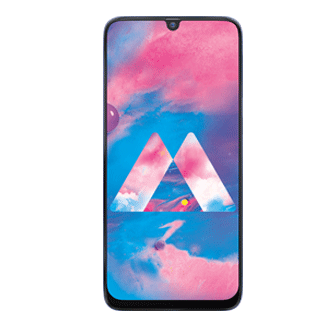
Performance
The Samsung Galaxy M30 is powered Exynos 7904 octa-core processor. Though the chip is good enough, it is still mediocre in comparison to Qualcomm’s Snapdragon 670 and 665 that powers rival devices. The devices, though, still manages to make the overall UI experience lag and stutter free. The animations feel smooth and fluid.
On the software front, the Galaxy M30 runs on the Android 8.1 Oreo based Samsung Experience 9.5. Samsung Experience is an upgrade over Samsung’s old TouchWIZ UI, and it has since been itself updated with the Android 9 based OneUI. Though not a bad operating system per se, Android Oreo is still almost two years old and Google is already planning for the release of Android Q. It would have been better if Samsung installed OneUI on the Galaxy M30 out-of-the-box rather than updating it later.
The Galaxy M30 comes in two variants with different RAM-storage combinations: a cheaper one with 4GB of RAM and 64GB of storage and a more expensive one with 6GB of RAM and 128GB of storage. There is also a 5000mAh battery on both the variants. The storage is also expandable up to 512GB through the dedicated SD Card slot in the SIM tray.
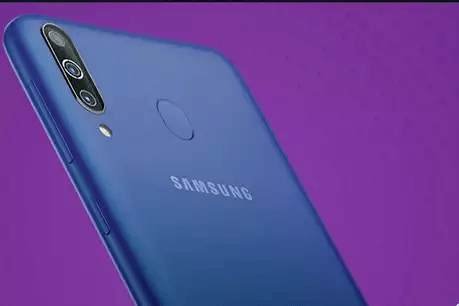
Camera
The Galaxy M30 comes with a three-camera setup which consist of a 13-megapixel primary camera with f/1.9 aperture, a 5-megapixel depth sensor with f/2.2 aperture, and a 5-megapixel ultra wide-angle sensor with 123-degree field of view.
The camera was able to take decent photos, at par with other phones in the price range. The shots in day-light conditions were sharp and had good detail, but while clicking in low or dim-light conditions, the photo was very grainy. When clicking photos against the light source, there was a little chromatic aberration.
The camera app is similar to the ones in other Samsung Galaxy devices running Samsung Experience. It has modes like Beauty, Panorama, Pro, Live Focus, Stickers, and Continuous Shot. The toggles are on the bottom of the display, while the modes are on the top.
The photos clicked through the Ultra wide-angle sensor were good, but lacked a lot of detail. As it lacks an Autofocus sensor, it will only be good for Landscape or Architecture shots. It also did bring barrel distortion into some of the pictures.
Verdict
The Samsung Galaxy M30 is a solid offering from Samsung in the 15000 to 20000 price-segment, and it being advertised towards millennials, it is sure to eat into the sales of brands like Xiaomi, Oppo, and Vivo. The device has a good enough processor, a great build, a good software, and an awesome display.
other posts
![]()










